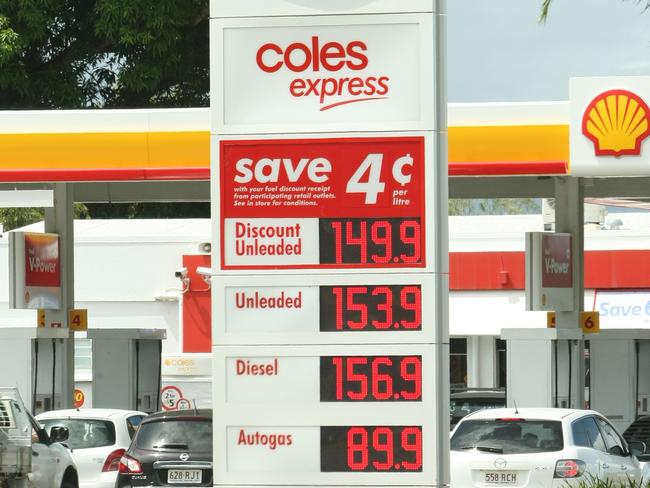When is a discount not really a discount?
WOOLWORTHS was a laughing stock this week, with its cheap, cheap 1 cent discount. But there’s actually a reason behind it. Here’s how not to get ripped off.
WOOLWORTHS was the butt of the joke this week after advertising an unusually small discount.
The supermarket giant cut the price of a toy from $20 to $19.99, and advertised it with its excited green budgies and the words “Cheap Cheap Special”.
The price was, in fact, not bad — the toy in question was $10 more expensive at Toys’R’Us — but the discount could not have been smaller.
News.com.au readers gave Woolworths a hard time in the comments section.
“CHEAP CHEAP skates more like it!,” one person said.
Why bother with such a small discount? Does it even work? Would they do it if it didn’t work?
There’s more than one kind of discount in the world. All are designed to help the company.
Some discounts hurt shoppers, but some help shoppers. If you don’t know these five types of discounts, you might be getting ripped off.
1. The “making it end in .99” discount. Consumer score: 1/10
The Woolworths discount above probably happened because an executive knows things sell much better at $19.99 than $20.
The reason those prices work is because we read from left to right. When you see a price starting with 19, you believe it’s cheaper than a price starting with 20. The first number you see sticks in your mind most.

2. The big fake discount. Consumer score: 1/10
Sometimes specials can just be a trick. The original price is a fiction.
My favourite example is the story of the tailor who pretended to be a bit deaf.
The Drubeck brothers, Sid and Harry, owned a men’s tailor shop in the 1930s. Whenever Sid had a new customer, he would ask the customer to speak more loudly. Once the customer found a suit he liked and asked for the price, Sid would call to his brother, “Harry, how much for this suit?” Harry would call back, “For that beautiful, all wool suit, $42”.
Sid would turn to the customer and say, “He says $22 dollars”. Many a man would hurry to buy the suit and scramble out of the shop with his bargain before poor Sid discovered the “mistake”.
This trick works for two reasons. First, seeing a high “original” price makes you think the product is high quality. The men who left the tailor’s shop thought they were getting a suit they normally couldn’t afford.
Second, the big discount makes you think shopping around more is not worth it. We never know how much shopping around is the right amount and we’re always looking for clues about when to stop. If you find a big discount, you’re more likely to buy right now.
3. Loss leaders. Consumer score: 4/10
Sometimes, a shop will cut the price of one thing to get you in the door. It may even make a loss on that item. The thing they discount is something you buy a lot, so you know the price of it.
When the big supermarkets discount milk to $1, for example, there’s a good chance they’re using it as a loss leader. Meanwhile, something you don’t buy often has probably gone up.
There’s a good chance you’ll end up with the same total at the check-out. But if you’re scrupulous and know your prices, you can use loss leaders to win the game.
4. Seniors discount. Consumer score: 7/10
Companies have a tough decision when they can only charge one price to all people. Do they try to sell a lot at a low price? Or a little at a higher price?
A seniors discount lets companies do both. They can sell items to seniors who wouldn’t normally buy that item. (The technical name for this is price discrimination.) The only problem for the company is when those people would have bought the item anyway.
Are younger people who can’t get the discount being ripped off? Sometimes yes, sometimes no. It depends on how much competition there is. And that’s the next category.
5. The price war: Consumer score 9.5/10
This one is all upside. A challenger comes onto the scene — say, for example, a German discount chain, and reminds other supermarkets they’ve been making very generous profits and can afford to cut prices.
Both sides want to prove they won’t back down. So they cut prices harder and harder.
In this case there is no trickery. This is the real deal. True discounts. The only reason the price war doesn’t score 10/10 is sometimes one company wins the price war.
If one company runs out of money it stops discounting and maybe closes a few stores. At the corporate HQ of the other company they put the champagne on ice.
After the price war is over they can go back to much trickier discounts.

Jason Murphy is an economist. He publishes the blog Thomas The Think Engine. Follow him on Twitter @jasemurphy.




